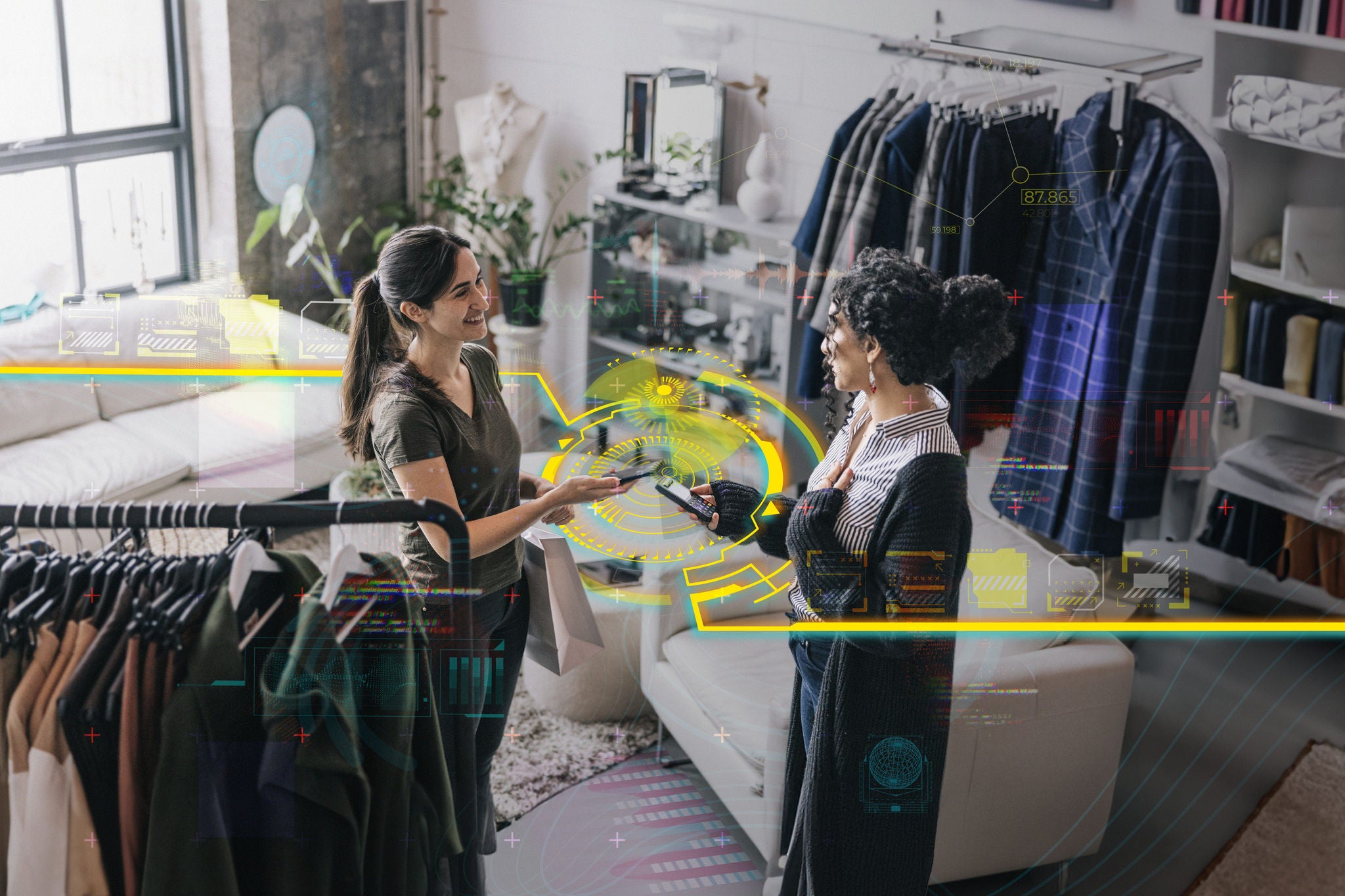But the buzz surrounding GenAI is also creating a lot of noise for leaders to consider, with only 8% of consumer leaders seeing themselves as adopting leading GenAI practices and two-thirds (67%) agreeing that uncertainty around GenAI makes it challenging to develop and implement an AI strategy.
As the hype begins to recede, some leaders are preparing themselves for a longer journey, with 37% believing it will be three to five years before GenAI significantly impacts their business and operating models. Part of this may be driven by the economic realities of today, with 60% of consumer CEOs seeing that investment in GenAI is reallocating capital away from other budgets. This opportunity cost may prove costly if financial rewards aren’t forthcoming quickly.
Another EY survey, Reimagining Industry Futures, which focuses on information and communication technology (ICT) respondents, found that of over 250 consumer company ICT executives surveyed, only 35% were actively investing in GenAI (although a further 33% do plan to invest this year) and, while 68% of consumer companies are building proofs of concept around applications for GenAI, none are currently deploying them across the enterprise in business-critical processes.
This points to a potentially paralyzing paradox for consumer companies to consider. There is widespread consensus among leaders about the transformative power of GenAI but a high degree of uncertainty, particularly within their businesses, about where and how it can best be deployed to create value (according to 36% of consumer company respondents in the Reimagined Industry Futures survey) and about the governance required to manage the technology (35%).
Consumer-facing companies are particularly exposed to the risks associated with using GenAI. Brands, which can take decades to build a trusted relationship with their consumers, have been rightly cautious in adopting technologies built on open-source or open-access platforms using unfiltered datasets. This caution has been exacerbated by high-profile examples of potential biases and “hallucinations.” Added to that is the risk of copyright infringements from the content LLMs could generate and intellectual property leakage that could result from unsolicited use of a resource that is globally accessible to different communities. With regulators also taking steps to impose stricter controls on AI usage, notably through the European Union AI Act (pdf) , the risk of legal repercussions has tempered the enthusiasm of larger brands and retailers, with some closing off employee access to publicly available GenAI platforms.
Consider this — GenAI governance and its implementation must go hand in hand
Building a clear and consistent governance is crucial to the successful management of any emerging technology, especially given some very prominent concerns being raised about GenAI in the market. But the business benefits GenAI can bring, and the ever-expanding array of use cases presenting themselves, are impossible to ignore.
To resolve this paradox, consumer companies should consider implementation and governance as concurrent, interconnected strategies. Testing and learning will help accelerate best practices to ensure that a governance structure around data and AI will be both relevant and useful in shaping your AI strategy. A governance framework built on some basic common principles can be adapted and applied more easily when there are live use cases and deployments to test it against. Where there are fears over risk of brand exposure, focusing solutions on distinct processes and areas of the business can enable controls to be put in place before scaling them more broadly. A key part of this lies in having consistent visibility over where and how GenAI tools might be deployed and how they might ultimately be used to benefit different areas of the business.
Where to act now
Review and iterate your AI strategy … continuously. The technology is moving fast, and larger consumer enterprises, in particular, need to understand where it is being deployed in pockets of their business so that they can both impose the relevant controls and explore how smaller pilots might bring scaled benefits further down the line (Read the Embedding AI case study in “GenAI in practice” in chapter 1 above.) Establishing, then continually evolving, a governance structure based on common principles will enable consumer companies to test different applications with consistency to minimize their exposure to risk.
What to decide later
Establish a centralized capability that can have oversight of how AI is being deployed across the enterprise to ensure opportunities for scaling initiatives and minimize downsides. Use scenario planning to assess the risk and reward of AI deployments based on expected regulatory changes and fast-moving technological change.









